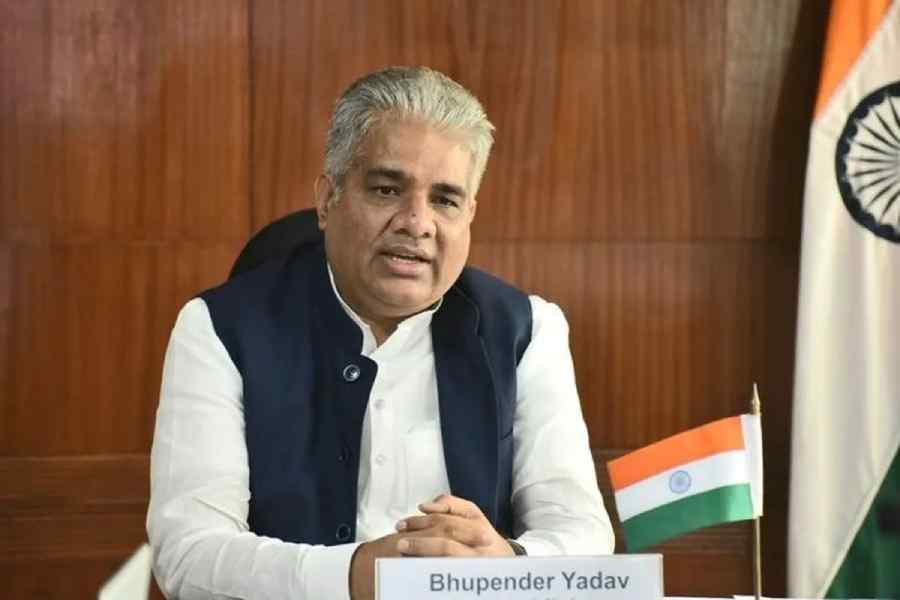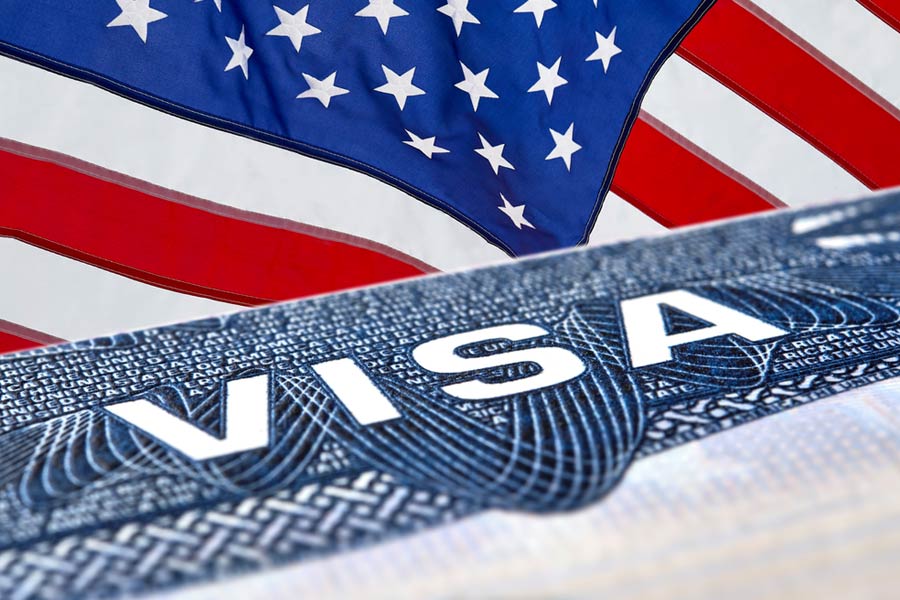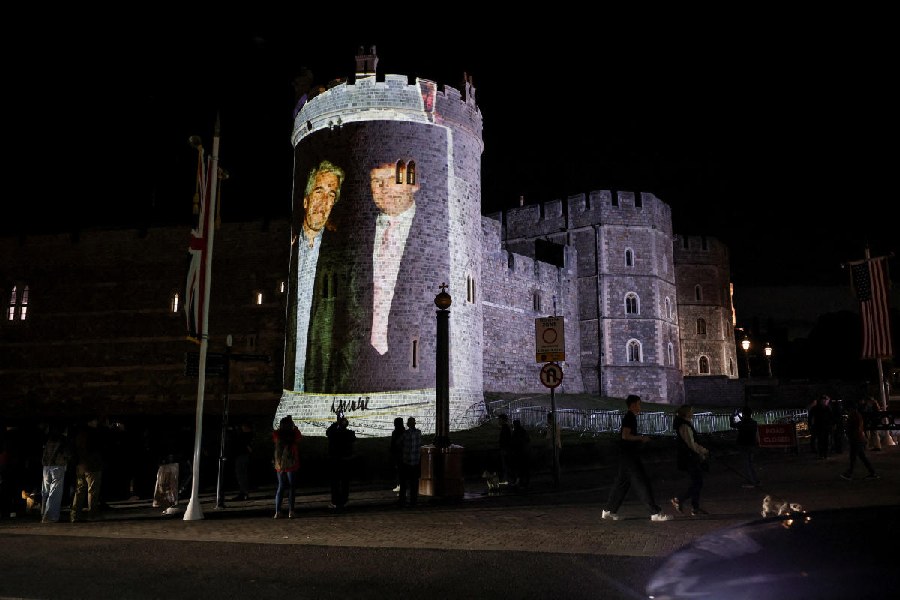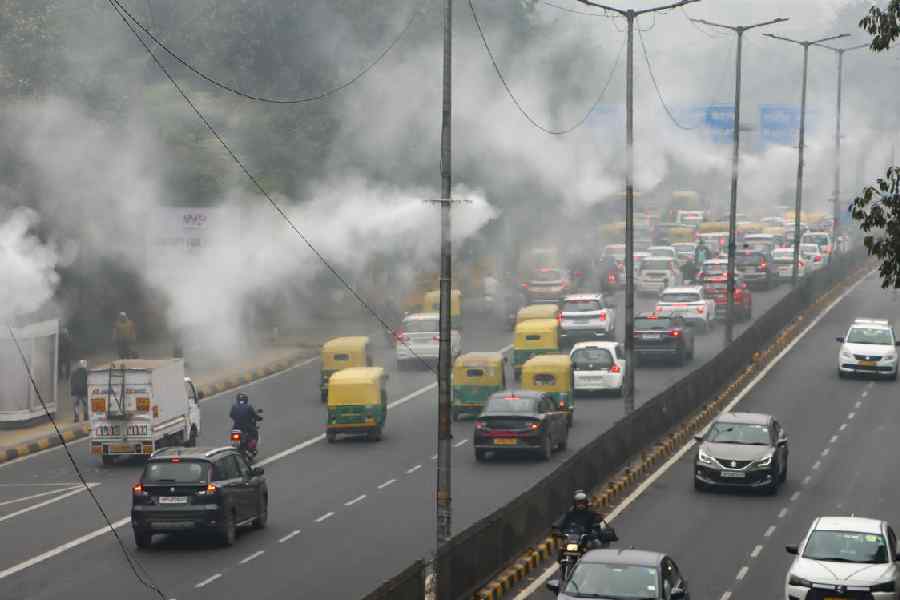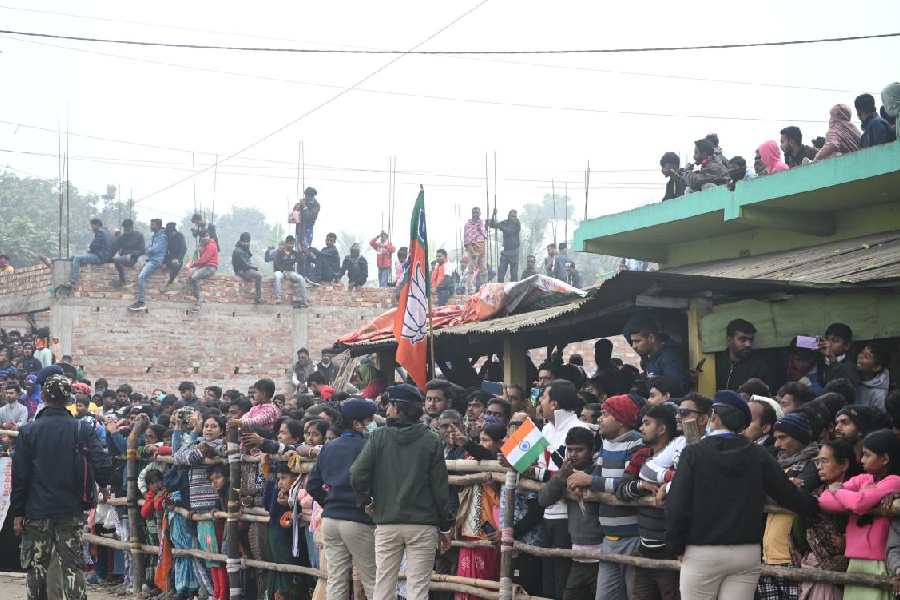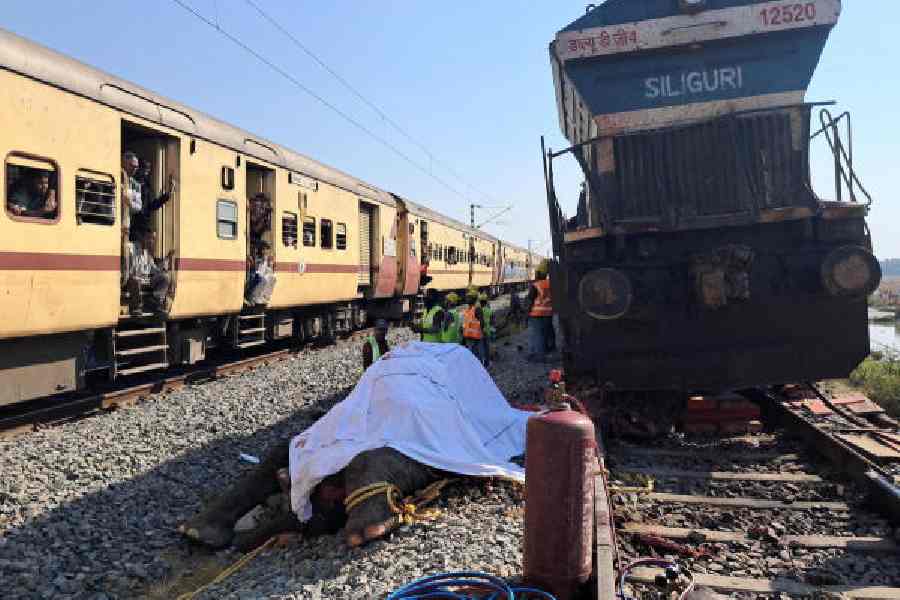Patna, May 23: The state has been suffering from an acute shortage of water even though the solution to the crisis has been available since 2008-09, at least for Patna and Bodhgaya.
Projects worth Rs 567.36 crore have been approved under Jawaharlal Nehru Urban Renewal Mission (JNNURM) for improving the water supply in the two cities in 2008-09.
The problem of ruptured pipes with regular leakage problems leading to a contamination of water could have been solved under this scheme. Experts have often called for an overhaul of the existing water supply system.
For the first instalment, the Centre released Rs 53.37 crore on June 3, 2009 from its total share of Rs 341.58 crore. The state also released Rs 53.37 crore to Bihar Urban Development Authority (BUDA), the state-level nodal agency for JNNURM. The implementing agency for JNNURM water supply schemes is Bihar Urban Infrastructure Development Corporation (BUIDCo).
BUIDCo sources said the corporation has not received any amount for the execution of Patna water supply scheme. According to urban development department sources, BUDA has received Rs 106.75 crore (Rs 53.37 crore from the Centre and Rs 53.37 crore from the state government) till date under this scheme. When implemented, the water supply scheme would connect around 2 lakh households in Patna, which would receive treated water both from Ganga and the ground water. There is also a proposal to circulate the treated water through a new piped network of 200km and construction of 66 new pump houses and 77 overhead tanks.
Patna apart, there are other water supply schemes in the pipeline since 2008-09 for surrounding areas of the city for which the target completion dates have expired.
A BUIDCo official said the tendering process for this work is going on and the execution of the work is expected to start from the end of next month and thereafter it would take another 18 months to finish the work. The existing water supply scheme would be developed here and then it would be connected to overhead tanks, treatment units and water meters would be installed at every household.
When The Telegraph asked about the reason behind the non-execution of the projects, D.K. Shukla, the BUDA director , said: “BUDA is not concerned with the implementation of the projects. We are only concerned with release of funds. BUIDCo is responsible to implement the scheme and BUDA has no control on their work. ”
The worst affected areas in Patna include Sri Krishna Nagar, Patliputra, Mahendru, Sabjibag, Mandiri, Saidpur and Patna City, among other places in the city.
The citizens expressed their concern over the prevailing situation of water supply. “The water from the taps stink most of the time. Besides, someone or the other from my family suffers from intestinal disorders every now and then. Doctors say, most of the primary cause of the health hazards is contaminated drinking water,” said Vivek Kumar, resident of Sri Krishna Nagar.
The present water supply of the city is done through a network of 80 deep tube wells. According to JNNURM estimate in 2006, these wells cover about 52 per cent of the population in Patna and the estimated annual production of water through these wells is nearly 140 million cubic metres.


